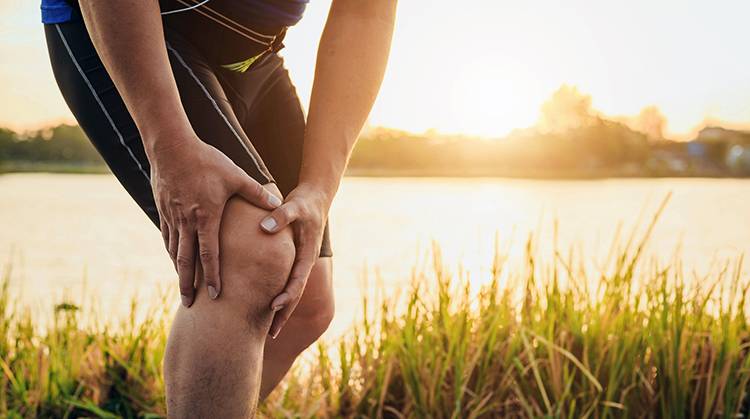Kneecap pain is a common problem that can be caused by a variety of factors. In this blog post, we will discuss the most common causes of kneecap pain and how you can find relief. We will also provide tips on how to protect your knees and prevent pain from occurring in the future. If you are experiencing knee pain, please consult with a doctor to determine the best course of treatment for you.
Contents
What Is Knee Cap Pain?
Knee pain can be caused by a lot of different things. It could be because you’ve injured your knee in some way. Maybe you’ve fallen and hurt it, or you’ve overexerted it during a sporting event. Arthritis is also a common cause of knee pain. This is when the cartilage in your joints starts to break down, causing inflammation and pain.
There are a lot of different ways to treat knee pain. If you’ve injured your knee, the best thing to do is rest it and ice it. You can also take over-the-counter pain medication like ibuprofen to help with the pain and inflammation. If you have arthritis, there are a few different medications that can help. You can also try physical therapy or wearing a knee brace.
If you’re dealing with knee pain, there are a few things you can do to find relief. Talk to your doctor to figure out what the best course of treatment is for you.
What Are The Causes Of Kneecap Pain?
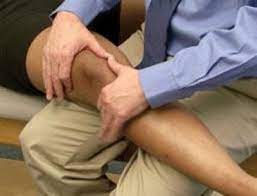
There are various causes of knee pain. They are as follows:
Arthritis
Arthritis is a common cause of knee pain. It is a condition that causes inflammation in the joints. There are different types of arthritis, but the most common are osteoarthritis and rheumatoid arthritis. Osteoarthritis is a degenerative disease that occurs when the cartilage in the joints breaks down. Rheumatoid arthritis is an autoimmune disease that causes the body’s immune system to attack the joints.
Injury
Injury to the knee can also cause pain. The most common injuries are ligament and tendon tears, meniscus tears, and patellar fractures.
Overuse
Overuse of the knee can lead to pain. This is often seen in athletes who participate in high-impact sports such as running, basketball, and football.
Obesity
Obesity is a risk factor for developing knee pain. This is because the extra weight puts strain on the knee joint and can lead to arthritis.
Symptoms
The symptoms of knee pain vary depending on the underlying cause. However, common symptoms include:
- Joint pain
- Swelling
- Stiffness
- Redness
- Warmth to touch
If you experience any of these symptoms, it is important to see a doctor so that they can determine the cause of your pain and recommend the best treatment.
What Are The Treatment Options For Kneecap Pain?

The treatment for knee pain depends on the underlying cause. However, there are some general treatments that can help to relieve symptoms. These include:
Rest
Resting the knee is often recommended as a first-line treatment for pain. This gives the joint a chance to heal and can help to reduce inflammation.
Ice
Applying ice to the affected area can also help to reduce pain and inflammation.
Compression
Wearing a compression bandage can help to support the knee and reduce swelling.
Elevation
Keeping the affected leg elevated can also help to reduce swelling.
Pain relief
Over-the-counter pain medications, such as ibuprofen or acetaminophen, can help to relieve pain. If these are not effective, your doctor may prescribe stronger medication.
Physical therapy exercises
Physical therapy exercises can help to strengthen the muscles around the knee and improve the range of motion.
The exercises are as follows:
Hamstring stretches
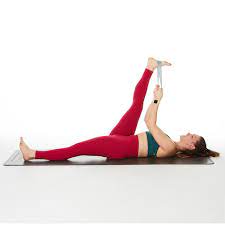
Lie on your back with one leg extended and the other bent at the knee. Use a strap or towel around the raised leg’s foot to keep the knee from moving. Gently pull on the strap or towel to stretch the hamstring. Hold the stretch for 30 seconds and then repeat with the other leg.
Quadriceps stretches
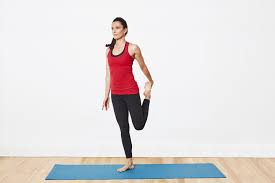
Stand with your feet hip-width apart and hold on to a sturdy object for balance. Bend one leg back and grab the ankle with your hand. Gently pull the heel towards your buttock to stretch the front of the thigh. Hold for 30 seconds and repeat with the other leg.
Calf stretches
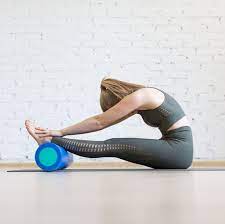
Stand with your feet hip-width apart and place your hands on a wall or other sturdy object for support. Step one foot back and keep the heel of the back leg on the ground while keeping the rest of the foot flat. Lean forward into the wall until you feel a stretch in the calf muscle of the back leg. Hold for 30 seconds and repeat with the other leg.
Iliotibial band stretches

Stand with your feet shoulder-width apart and place your hands on a wall or other sturdy object for support. Step one foot back and keep the heel of the back leg on the ground while keeping the rest of the foot flat. Lean forward into the wall until you feel a stretch along the outside of the thigh. Hold for 30 seconds and repeat with the other leg.
Gluteal stretches
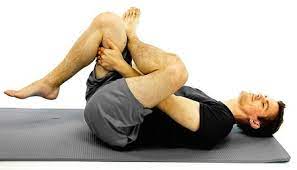
Lie on your back with both legs extended. Bend one leg at the knee and place the ankle on top of the opposite thigh. Gently press down on the bent knee with your hand to deepen the stretch. Hold for 30 seconds and repeat with the other leg.
Knee circles

Sit on the ground with both legs extended in front of you. Place your hands on the floor beside you for support. Bend one leg at the knee and bring the ankle up to rest on top of the opposite thigh. Use your hand to help guide the bent leg in circles, both clockwise and counterclockwise. Repeat with the other leg.
Squats

Squats are a great exercise for strengthening the muscles around the knee. To do a basic squat, stand with your feet shoulder-width apart and lower your body down as if you were going to sit in a chair. Make sure to keep your knees behind your toes and don’t let them cave inwards. Hold the position for two seconds and then stand back up. For an added challenge, try doing a single-leg squat by standing on one leg and lowering your body down until your thigh is parallel to the ground.
Leg lifts

Leg lifts are a great way to strengthen the muscles around the knee joint. To do this exercise, lie on your back with both legs extended straight in front of you. Place your hands on the floor beside you for support. Slowly lift one leg off the ground and hold it in the air for a few seconds before lowering it back down. Repeat with the other leg.
Side leg raises
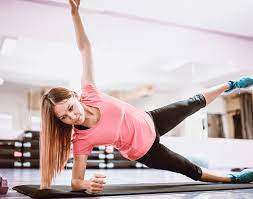
Side leg raises are a great exercise for toning the muscles around the knee joint. To do this exercise, lie on your side with both legs extended straight. Place your upper hand on the floor in front of you to help support your body. Slowly raise the top leg off the ground and hold it in the air for a few seconds before lowering it back down. Repeat with the other leg.
Prevention Tips
There are various prevention tips:
1. Warm up before participating in any physical activity.
2. Always maintain good posture and alignment while sitting, standing, and moving.
3. Wear comfortable, supportive shoes that fit properly. Avoid high heels and flip-flops.
4. Exercise regularly to maintain flexibility and strength in the muscles and joints.
5. Avoid repetitive motions and excessive force when participating in any activity.
6. Take breaks often if you must stand or sit for long periods of time.
7. Use proper form and technique when lifting objects to avoid putting unnecessary stress on the joints.
8. Maintain a healthy weight to reduce the amount of stress on the joints.
If you experience any pain or discomfort in the joints, it is important to seek medical attention to rule out any serious conditions. Once a diagnosis has been made, your doctor can recommend appropriate treatment options.
Conclusion
It may be concluded that kneecap pain is a common condition that can be caused by several different factors. While some causes may be more serious than others, there are many treatment options available to help find relief from the pain. If you are experiencing kneecap pain, it is important to consult with a doctor to determine the cause so that the proper course of treatment can be determined.
Physical Therapy help patients recover from pain. If you’re experiencing Back pain, Shoulder pain, Knee pain, Neck pain, Elbow pain, Hip pain, or Arthritis pain, a physical therapist at MantraCare can help: Book a physiotherapy session.
